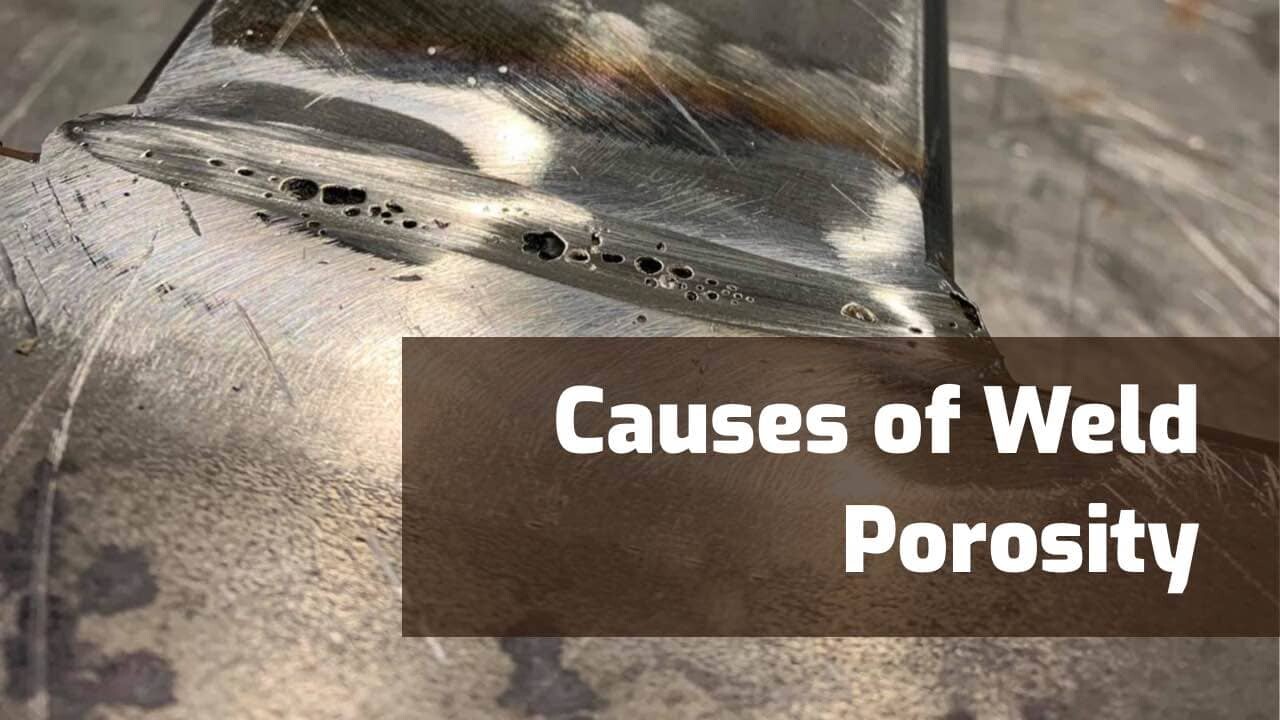What is Porosity in Welding: Ideal Practices for Staying Clear Of Permeable Welds
What is Porosity in Welding: Ideal Practices for Staying Clear Of Permeable Welds
Blog Article
Porosity in Welding: Identifying Common Issues and Implementing Ideal Practices for Prevention
Porosity in welding is a pervasive concern that usually goes undetected up until it causes substantial issues with the stability of welds. In this discussion, we will check out the crucial factors adding to porosity development, examine its destructive effects on weld efficiency, and discuss the finest methods that can be adopted to reduce porosity event in welding processes.
Common Sources Of Porosity

Making use of filthy or wet filler products can present impurities right into the weld, adding to porosity issues. To mitigate these usual causes of porosity, thorough cleansing of base metals, proper securing gas choice, and adherence to optimal welding criteria are vital practices in attaining top notch, porosity-free welds.
Effect of Porosity on Weld Top Quality

The visibility of porosity in welding can considerably compromise the architectural integrity and mechanical properties of bonded joints. Porosity creates spaces within the weld metal, deteriorating its overall stamina and load-bearing capacity. These spaces act as anxiety focus points, making the weld extra vulnerable to fracturing and failure under used lots. Additionally, porosity can lower the weld's resistance to corrosion and other ecological factors, additionally diminishing its durability and efficiency.
One of the primary repercussions of porosity is a decline in the weld's ductility and toughness. Welds with high porosity levels have a tendency to display reduced influence strength and reduced capability to flaw plastically prior to fracturing. This can be specifically concerning in applications where the welded parts are subjected to dynamic or cyclic loading conditions. Moreover, porosity can hamper the weld's ability to effectively send pressures, bring about early weld failing and possible safety hazards in crucial structures.
Best Practices for Porosity Prevention
To boost the structural integrity and top quality of welded joints, what details procedures can be implemented to reduce the incident of porosity throughout the welding procedure? Using the appropriate welding method for the certain product being bonded, such as adjusting the welding angle and weapon setting, can better prevent porosity. Regular evaluation of welds and instant removal of any type of concerns recognized throughout the welding procedure are essential techniques to avoid porosity and produce top notch welds.
Significance of Correct Welding Techniques
Carrying out correct welding techniques is vital in ensuring the architectural honesty and quality of welded joints, building on the foundation of effective porosity prevention steps. Welding strategies straight influence the overall strength and resilience of the bonded framework. One essential facet of correct welding strategies is preserving the correct warmth input. Excessive warm can cause increased porosity because of the entrapment of gases in the weld pool. Alternatively, not enough warm may result in insufficient combination, producing potential powerlessness in the joint. Furthermore, utilizing the appropriate welding parameters, such as voltage, current, and take a trip speed, is essential for attaining audio welds with minimal porosity.
Moreover, the choice of welding procedure, whether it be MIG, TIG, or stick other welding, should line up with the details demands of the task to guarantee optimum results. Appropriate cleansing and preparation of the base steel, as well as choosing the appropriate filler material, are likewise essential elements of proficient welding methods. By sticking to these best practices, welders can lessen the risk of porosity formation and produce top quality, structurally sound welds.

Examining and Quality Assurance Procedures
Quality control more tips here steps play a critical role in confirming the honesty and integrity of welded joints. Evaluating treatments are vital to spot and stop porosity in welding, guaranteeing the strength and sturdiness of the end product. Non-destructive screening approaches such as ultrasonic screening, radiographic testing, and visual assessment are commonly employed to determine prospective flaws like porosity. These strategies enable the assessment of weld quality without compromising the integrity of the joint. What is Porosity.
Performing pre-weld and post-weld examinations is additionally critical in keeping quality assurance requirements. Pre-weld evaluations entail confirming the materials, tools setups, and cleanliness of the job area to prevent contamination. Post-weld examinations, on the other hand, assess the last weld for any defects, consisting of porosity, and verify that it fulfills specified criteria. Carrying out an extensive top quality control plan that consists of extensive testing treatments and inspections is vital to reducing porosity concerns and guaranteeing the total high quality of bonded joints.
Verdict
To conclude, porosity in welding can be an usual issue that affects the top quality of welds. By recognizing the usual root causes of porosity and implementing ideal practices for avoidance, such as correct about his welding methods and screening steps, welders can ensure premium quality and dependable welds. It is important to focus on prevention methods to minimize the event of porosity and maintain the stability of welded frameworks.
Report this page